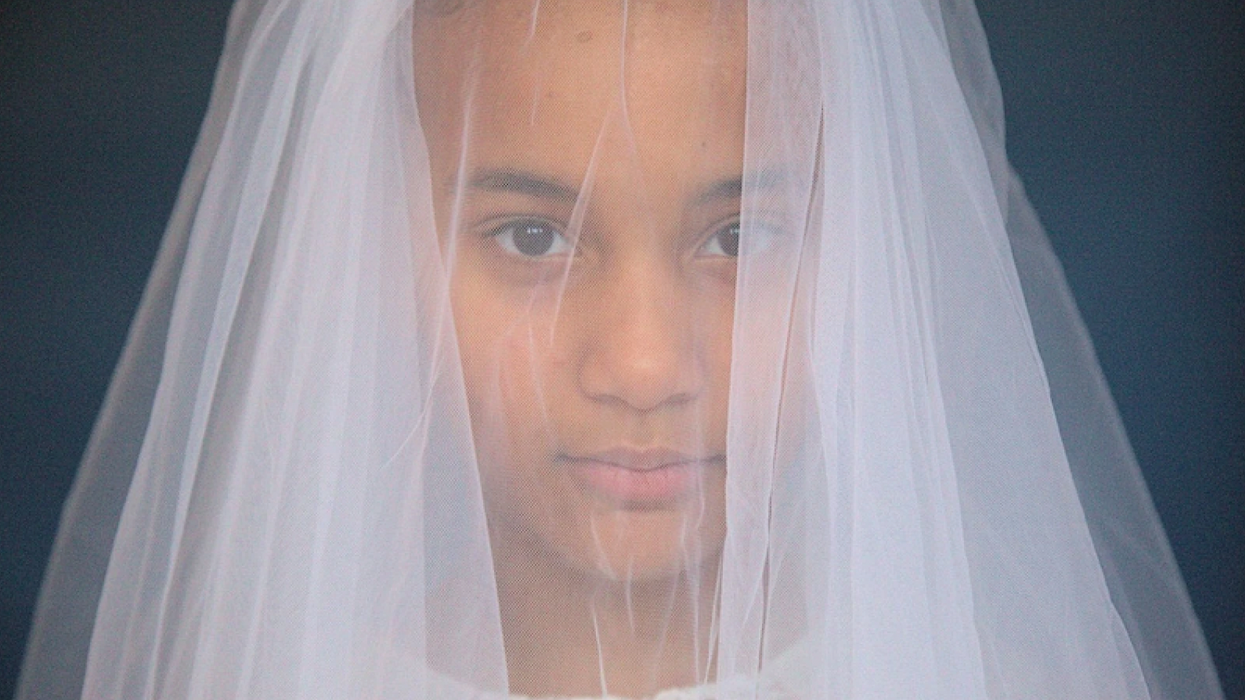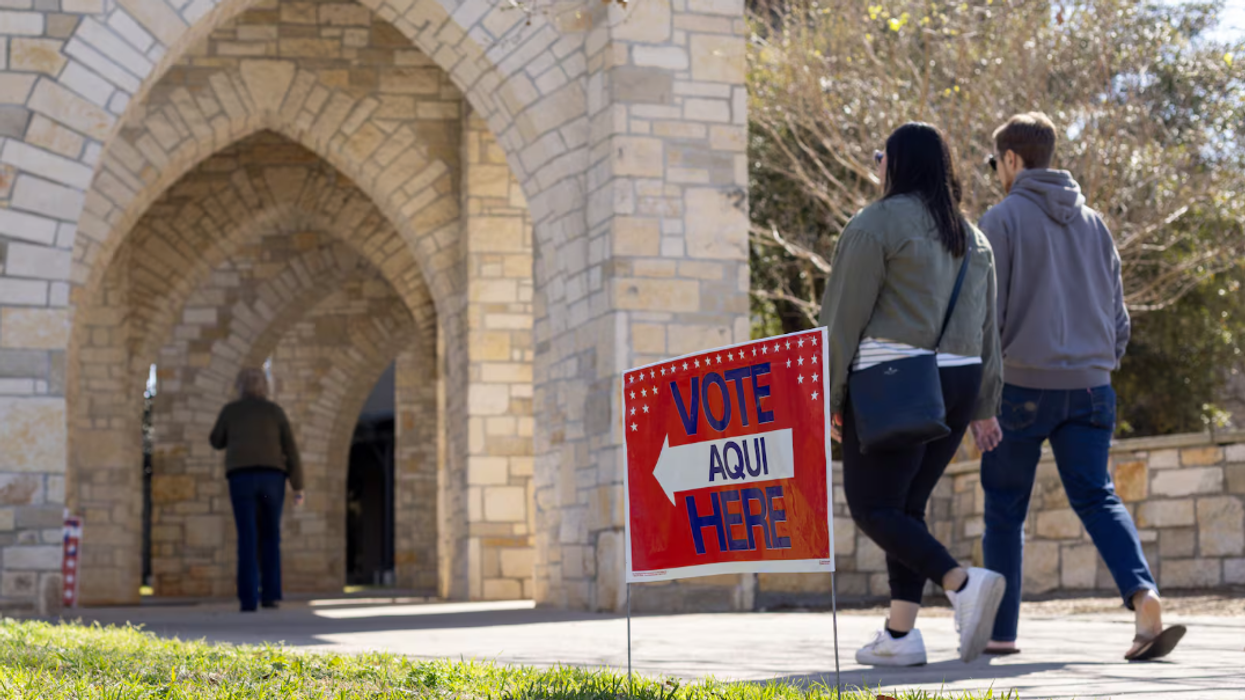A new child marriage bill in New Hampshire is drawing attention from lawmakers and activists across the United States. Last year, the New Hampshire Legislature passed a landmark bill, amending the law to prohibit child marriage under the age of 18 without exceptions. The long fought for legislation was widely celebrated, despite some lawmakers in the state previously supporting child marriage. Now, during the current 2025 legislative session, lawmakers will vote on a proposal to amend the law by creating a military exception for 17-year-olds.
Child marriage, defined as a formal marriage or informal union before the age of 18, is a harmful practice that puts the lives, health, and futures of children at risk. Around the world, 12 million girls are married each year before they turn 18, often to adult men much older than they are. This practice is recognized internationally as a human rights violation and a form of violence against women and girls.
THE DIFFERENCE BETWEEN MARRIAGE AT 17 VS 18
In the United States, nearly 300,000 children, primarily girls, were legally married between 2000 and 2018 – some as young as 12. In New Hampshire alone, approximately 215 minors were married between 2000 and 2023, before the law was amended. Records from the New Hampshire Department of State show that 83% of these cases involved girls married to adult men.
Marriage before 18 years of age, including at 17, can entangle minors in a web of legal obstacles, effectively trapping them in marriage until they turn 18. Minors are generally unable to enter into binding contracts, file lawsuits independently, or hire an attorney, all of which are critical should one wish to leave a marriage. Moreover, domestic violence shelters will often turn away persons under the age of 18, and CPS and youth shelters are not designed to deal with issues of child marriage. These factors make a marriage age of 18 years without exception crucial.
Last year, when the New Hampshire legislature passed SB 359, which raised the marriage age in the state to 18 without exception, the state was hailed by many for significant progress after more than seven years of advocacy.
HB 433 threatens to undo that progress, by allowing 17-year-olds to marry active-duty service members of any age, and permitting 17-year-old active-duty service members to marry anyone 17 or older, undermining the protections against exploitation and harm established by SB 359.
HOW DOES CHILD MARRIAGE IMPACT GIRLS?
Child marriage remains legal in 37 US states. According to The United Nations (OHCHR), the practice has profound impacts on the health of survivors, as well as that of any children born of such marriages, including higher rates of adverse sexual and reproductive health outcomes and in some cases, increased risk of maternal mortality.
Girls married before the age of 18 have reported high rates of physical, sexual, financial, and/or emotional abuse during their marriages, often resulting in poor mental health, including feelings of isolation, depression, and suicidal thoughts and behaviors.
Child marriage disrupts education and limits economic attainment, trapping girls in a cycle of poverty with little chance of becoming economically independent or secure. Girls who marry are more likely to drop out of high school, earn less over their lifetimes, and live in poverty than their peers who marry at later ages. Moreover, child marriage can easily result in the loss of bodily autonomy and reproductive rights, with survivors forced to have sex and endure pregnancy and childbirth without their consent.
WHY DOES BILL HB433 PROVIDE EXCEPTIONS FOR MILITARY MEMBERS?
Proponents of HB 433 argue that it ensures minors married to service members can access military benefits. However, service members can already designate any beneficiary for life insurance and death benefits, regardless of age or marital status. Other benefits, such as health and housing, do not justify child marriage and only perpetuate a lifetime of dependency. Teens deserve access to health and housing resources that do not require them to enter an adult sexual relationship with lifelong impacts.
Child marriage is just as dangerous in the military context as in civilian life, and all minors deserve equal protection against human rights abuses, regardless of whom they marry. Long periods of separation, frequent relocations, and the emotional strain associated with military life could further exacerbate the vulnerabilities faced by minors in such marriages.
WHAT COULD HB 433 MEAN FOR CHILD MARRIAGE LEGISLATION MORE BROADLY?
Allowing for a rollback on an existing “no exceptions” child marriage law could set a dangerous precedent, weakening protections for minors and encouraging other states to follow suit.
Similar to how the overturning of Roe v. Wade led to widespread rollbacks on reproductive rights, this legislation risks creating a ripple effect, where countless laws designed to protect vulnerable populations are revisited and diluted.
This exception would undermine international human rights standards, which condemn child marriage as a harmful practice.
HOW INTERNATIONAL LAW CAN PROTECT AGAINST CHILD MARRIAGE
The International Covenant on Civil and Political Rights, one of the few treaties that the United States has ratified, requires the consent of both parties to marriage. The United Nations Human Rights Committee thereby recommended the United States in December 2023 to “adopt measures at all levels in order to prohibit marriage under the age of 18.”
THE NEXT STEPS FOR CHILD MARRIAGE IN NEW HAMPSHIRE
Legislators in New Hampshire have until June 13, 2025, the end of their current legislative session, to review, potentially amend, and vote on HB 433.
In the meantime, Unchained At Last, a national survivor-led nonprofit organization dedicated to ending forced marriage and child marriage in the United States, has led members of the National Coalition to End Child Marriage, including Equality Now, in submitting testimony to The New Hampshire House of Representatives in opposition of the bill.
“Equality Now strongly opposes HB 433, which would lower the legal age of marriage to 17 if
either party is an active-duty service member,” wrote Anastasia Law, Programme Officer for North America at Equality Now, in written testimony to New Hampshire Legislators. “We urge New Hampshire legislators to reject HB 433 and uphold the protections recently established under SB 359.”




















